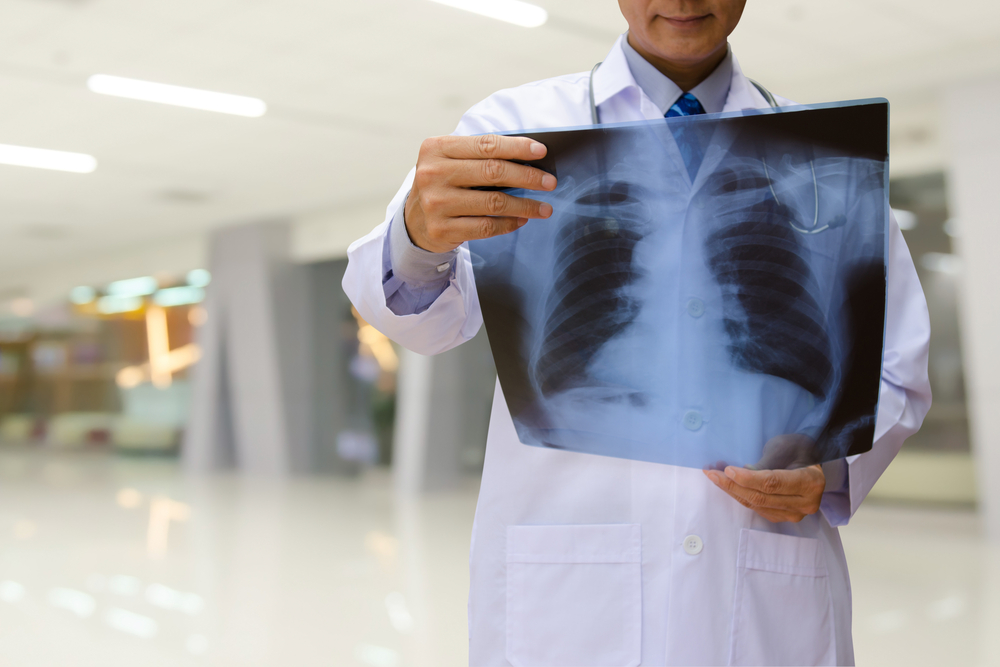Sanfilippo Syndrome and Scoliosis

Sanfilippo syndrome, also known as mucopolysaccharidosis type III, can lead to issues with the bones and joints, including a condition known as scoliosis.
What is scoliosis?
Scoliosis is a condition where the spine curves to the side. It can happen during a child’s growth phase and should be monitored to make sure it does not worsen with time.
The cause of scoliosis isn’t always known. Sometimes it can occur as the result of a disease or accident or could be the result of genetic mutations and hormones. If scoliosis worsens and goes untreated, it can lead to pain and possibly trouble with body movements and breathing.
Doctors usually diagnose scoliosis by an initial physical examination, followed by X-rays.
How is scoliosis related to Sanfilippo syndrome?
Researchers don’t fully understand how Sanfilippo syndrome relates to disorders of bones and joints. The disease is characterized by high levels of glycosaminoglycans (GAGs), particularly heparan sulfate.
Researchers think that GAGs affect the cells that break down bones or osteoclasts and the cells that make up cartilage or chondrocytes. GAG accumulation may cause osteoclasts to be more active, making bones more brittle and prone to deformation. Through complex molecular pathways, GAGs can also destroy chondrocytes, which can cause the breakdown of cartilage and result in joint deformations. These effects could make patients with Sanfilippo syndrome more likely to develop scoliosis.
What treatments are available?
The treatment for scoliosis often depends on the age of the patient and how severe it is.
Doctors will often just treat minor cases in patients who are past their primary growing phases with physiotherapy and massage therapy.
If scoliosis is minor but the patient is still growing, doctors may give them a rigid brace for their torso to help prevent scoliosis from worsening.
Patients may require spinal stabilization surgery if scoliosis is severe and worsening. In this type of surgery, doctors fuse together the bones of the spine called vertebrae. They do this mechanically using screws, rods, hooks, and wires.
Last updated: Oct. 13, 2020
***
Sanfilippo Syndrome News is strictly a news and information website about the disease. It does not provide medical advice, diagnosis, or treatment. This content is not intended to be a substitute for professional medical advice, diagnosis, or treatment. Always seek the advice of your physician or other qualified health provider with any questions you may have regarding a medical condition. Never disregard professional medical advice or delay in seeking it because of something you have read on this website.






